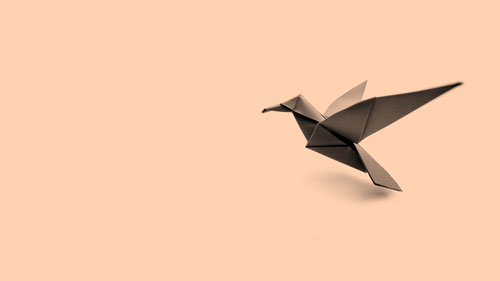Why you should include more women in your thought leadership content
In the consumer world, there’s no shortage of brands developing a more diverse and inclusive approach to their products and marketing. We see it across the board – in fashion, beauty, toys, sports and beyond. As part of this, considerable efforts are being made to improve the representation of women in particular, and this is something that’s been highlighted over the weekend as part of International Women’s Day.
But the B2B thought leadership world is lagging somewhat, and not enough women are being put forward to represent their brands.
Some progress is being made; the idea of a ‘manel’ (an all-male panel) is a big no-no for many event marketers and, thankfully, images used in marketing content now tend to reflect a more diverse range of people.
But what about the content itself? How many expert women were quoted in thought leadership you’ve read recently? Probably not as many as there should be. This is not to say that the men we hear from are not highly respected experts in their fields, or that they’re not engaging communicators, but there is certainly room for more women in thought leadership.
This is an issue we’re thinking about carefully at FT Longitude. We’ve always encouraged clients to make their panels of subject matter experts as diverse as possible – and a number of high-profile women have featured in reports we’ve developed, such as Oracle’s co-CEO Safra Catz, and Therese McMillan, the LA Metro’s Chief Planning Officer. But, despite this, the vast majority of spokespeople put forward by clients are men. So, plans are afoot for us to provide some guidance about the importance of including a more diverse line-up of experts within thought leadership content.
After all, including more women in your thought leadership isn’t just the right thing to do, it could also boost the content’s performance. Many brands understand the need to make their content relevant to the audience by including interviewees from particular sectors or markets. They know that audiences are more likely to engage with content that features their peers from similar companies or backgrounds. Yet this does not often extend to featuring women in their content – even though a significant proportion of the intended audience is female. The inclusion of a more diverse range of voices in their content is common sense because it maximises the chances that your content will resonate and build a connection with the full range of your audience.
So, on International Women’s Day, we call on B2B brands to be more inclusive in their content, to better reflect the range of people powering their companies. And also, in a highly competitive content landscape, it will improve their chances of getting noticed by an increasingly diverse audience.






 Back
Back

 Book a meeting
Book a meeting
 Book a meeting
Book a meeting

